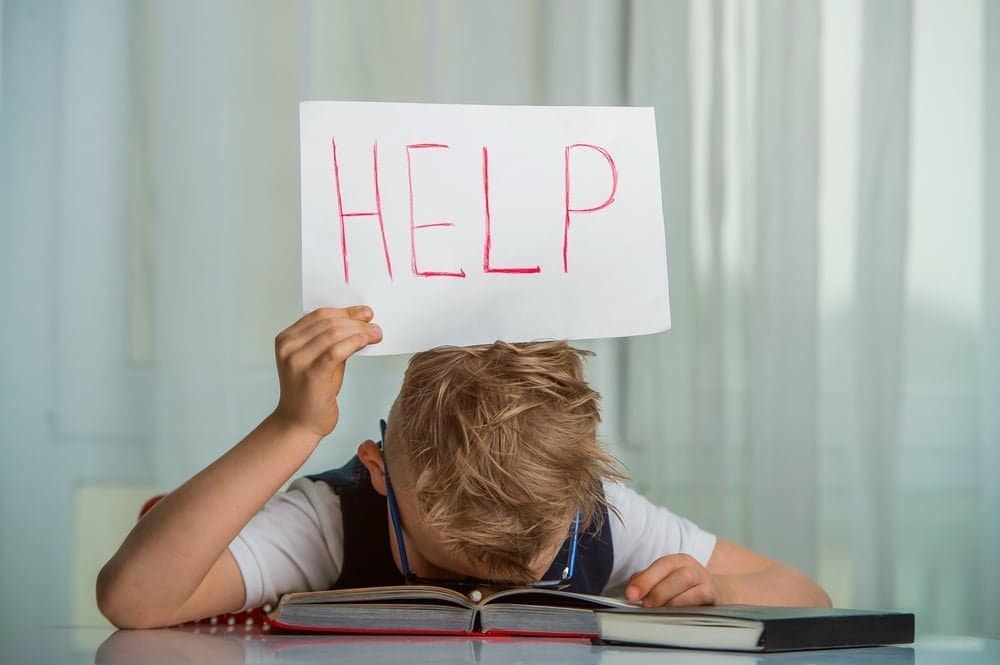Pennsylvania is currently experiencing a “dire” teacher shortage crisis that will require sweeping systemic solutions to fix it, according to a new report from Teach Plus and the National Center on Education and the Economy (NCEE). The 36-page PA Needs Teachers report addresses the root causes of the teacher shortage in the state, exploring how it is impacting students’ ability to learn, and offering up a number of sweeping recommendations to make the profession more alluring to both prospective and current teachers.
Within the last 10 years, the number of teachers in Pennsylvania has decreased by two-thirds, creating record-high levels of educator shortages and vacancies in school districts across the state, which is taking a toll on both teachers and students. The report identifies four root causes contributing to this shortage, including low pay and high cost education, stressful workplace conditions, declining interest, and a lack of preparation for new teachers. While this is not an exhaustive list, the report makes it clear that addressing these concerns can help start to remedy the problem and incentivize more people to become teachers and stay in the profession.
According to Laura Boyce, an executive director of Teach Plus PA and co-author of the report, teacher shortages can create a “domino effect” by putting additional stress on current teachers, resulting in higher burnout and resignation rates. Boyce says that this strain and high turnover can lead to negative student outcomes. “You get into this slippery slope of not having enough teachers, which causes more teachers to leave and just exacerbates the problem,” Boyce told the Bucks County Beacon. “But ultimately, the people who pay the greatest price are students.”
Teacher shortages can lead to larger class sizes, less individual time with teachers, and rotating substitute teachers. This instability and lack of individual attention can contribute to learning loss, among other negative outcomes. “Students can’t learn when they don’t have a consistent and qualified teacher in the classroom,” Boyce said. “They also can’t form the types of long-term social emotional bonds and develop the social and emotional skills and positive attitudes about school they need that are prerequisites for learning.”
In addition, the report not only emphasizes an urgent need for a larger quantity of teachers, but it also highlights the importance of employing more diverse and high quality teachers. Research has shown that diverse teachers and teachers with a “deep subject matter expertise” can improve overall student achievement, including test scores, graduation rates, college attendance rates, and even future earnings. “It’s essential for students to have access to high quality and diverse teachers and when they don’t, we see all kinds of negative consequences that are playing out in our schools right now,” Boyce said.
The effects of this teacher shortage crisis, however, are not felt equally in every region of the state. As it turns out, school districts in low-income areas tend to be hit the hardest by educator vacancies. According to Amy Morton, a system design specialist at NCEE and co-author of the report, schools in wealthy, suburban regions of the state typically have higher paying positions and are thus attracting more teacher applicant candidates from an already limited pool. “The impact of that on rural schools and the impact of that on urban schools is that they are often the ones who are suffering the most because the few limited resources available, in terms of teacher candidates, are being distributed disproportionately to the more affluent suburban communities,” Morton told the Bucks County Beacon.
READ: Protecting Public Education Can Help Protect The Country From Another January 6th Insurrection
That’s why Morton and Boyce’s report offers up a number of short-term and long-term recommendations and policy solutions aimed at fixing the main causes at the root of Pennsylvania’s teacher shortage. Some proposed solutions include implementing high school pathway programs to help get young people interested in pursuing a career in teaching, investing in merit-based career ladders to promote teacher retention, offering competitive teacher salaries, funding teacher preparation programs, eliminating unpaid student teaching, and giving teachers more of a voice when it comes to school-wide decision making.
Since these are all systemic solutions, however, the report notes that it may take years to implement them all and ultimately reverse the shortage. “Systemic change can’t happen overnight,” Boyce said. “There are certain things we might be tempted to do in the immediate term, such as lower the bar to become a teacher, that are actually counterproductive.” While Boyce says there are some solutions that can be implemented within the next 12 months, like establishing high school pathway programs, “some of this system level redesigning of education” from K-12 through college and into the workforce “needs to be done in a deliberate way that requires so many moving pieces it’s going to probably take years to do.”
For instance, some of these sweeping recommendations will require lawmakers to pass legislation, which may take some time, while others can be accomplished on a smaller scale. “You might need legislation that generates a funding source to make the financial considerations of becoming a teacher more attractive,” Morton said. “But there are some things that can be changed at the local level without necessarily having to utilize the legislature,” like bettering workplace conditions and basing opportunities for career advancement on merit rather than seniority.
As for the underlying conditions contributing to the root causes of the teacher shortage, the report suggests a lack of respect for teachers in the U.S. may be partially to blame, citing the favorable workplace conditions and generous pay teachers receive in other developed nations, and comparing the general treatment of American teachers to the treatment of those in other professions.
“Well-paid, well-respected occupations and professions where the practitioners have good working conditions and good training: those lines of work do not suffer from recruitment and retention problems. Believe me, there’s no shortage of lawyers. There’s no shortage of accountants,” Dr. Richard Ingersoll, a professor of education and sociology at the University of Pennsylvania, said in the report. “Professionals are experts that have a lot of say and authority in the decisions that affect their workplaces and their jobs. But teachers often don’t.”







